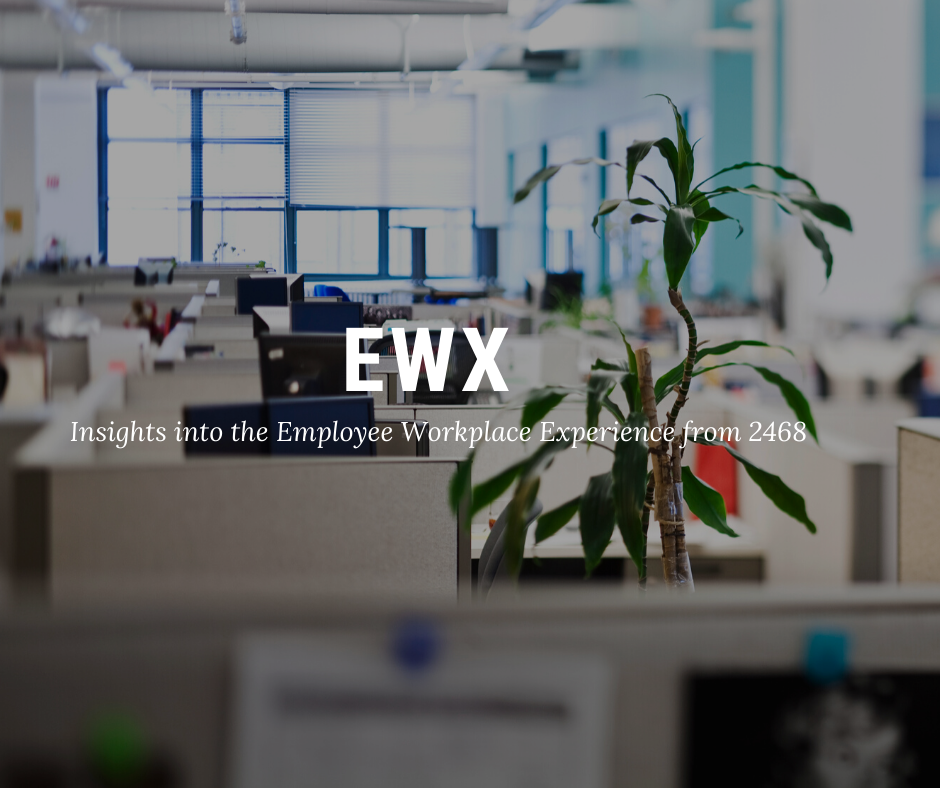As workplace service providers we have been innately aware of the impact the services we provide have on our service users – who are most frequently employees. We’ve built our service around providing a personal, quality and human-focussed approach in what we do, because we recognise that in so many small but essential ways the quality of the coffee, the appearance of the refreshment station, the range of snacks, the freshness of the water and the cleanliness of a washroom all have an impact on the quality of your day at work.
Some recent studies and reports illustrate just how this works.
We live in an experiential economy; providers and consumers across a range of disciplines and sectors recognise that we as humans increasingly consume in terms of ‘experiences’. Marketing professionals now consider the full customer experience, realising that shoppers choose on the basis of product and service, and the complex mix of brand experiences in between, from loyalty cards to complaints procedures, online user experience to advertising. Human resource thinking also has reframed the employee offering in terms of ‘Ex’ employee experience, and looks at all of the factors which influence an employee from the first recruitment ad to the final exit from an organisation.
Employees too increasingly look to the workplace and employer brand as an ‘experience’. Accustomed as we are to brands throughout our lives offering an experiential aspect of their service; some of these are ‘baked in’ – consider social media and web brands, some are ‘co-created’ – like the community of Apple users.
By 2020, 50% of the global workforce will be millennials, according to PWC’s ‘Millennials at Work’ report. This generation differ in their attitudes to self and work. They’ve grown up in a digital world and expect a varied and interesting career and feedback. They value similar things in an employer brand as they do in a consumer brand. Google, Facebook and Apple have recognised this, and broke new ground in the experience and workplace they offer their staff. Google has been ranked as Fortune’s best place to work 7 out of the last 1 years, and attracts over 2m CVs a year.
We don’t all have the budgets of Google or Facebook, but we can apply insights derived from how successful workplaces have tackled the current war for talent. And it is a ‘war’ ; in Ireland 86% of employers consider the attraction and retention of talent to be their number 1 business priority. In the UK competition for skills has hit record levels, aggravated by Brexit and departure of talent from UK, according to CIPD.
So what is an employer brand? This could be defined as the combination of all perceptions of the organisation to a possible recruit; from the recruitment ad or job posting, to reviews on line from sources like Glassdoor, to the perception of the overall brand, its purpose and perceived standing in its field. And it’s no accident that Glassdoor reviews frequently feature user reviews of facilities – coffee and break out zones, desks and common areas.
Research from Gensler, and Steelcase – both in the workplace design space – confirms the connection between the workplace design itself and employee engagement. The term ‘EwX’ has been coined, referring the employee workplace experience. Further reports from HBR illustrate the power of workplace design to move people, to reward existing talent – and attract new talent.
Deloitte’s Human Capital Report is one of many which shows how the very nature of work is transforming. Millennials expect an experience at work that is empowering and dynamic, allowing them to work in a more fluid way in the building, using technology to interact with the workplace in the same way they do throughout their lives. The growing freelance and ‘gig economy’ also sees employees move from the confines of the 9 to 5 routine to a more agile approach..
Finally looking to workplace services, Leesman research provides strong insight into which have most influence on employee sentiment. Particularly influential as ‘drivers’ of employee sentiment, are its tea coffee and refreshment facilities, washrooms, general tidiness – ahead of computing equipment or the restaurant. It seems facilities like a coffee hub have particular power over employee sentiment and emotions like pride and feeling valued, while also facilitating better work and socialising providing hubs for connections.
The quest for talent won’t end any time soon, and as employers are focusing most of their efforts on attracting a younger generation of millennials and the Generation ‘Z’ on their heels, it seems looking to the workplace itself is a smart place to start.
Interested in talking to us more about our work in workplace services and their impact? Get in touch.



